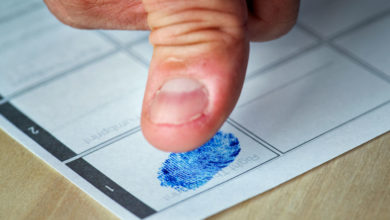By: Hosam Hmoud
How do I study for NBME shelf exams and USMLE Step 2 while performing at a high level during rotations?
This question was immediately on my mind after taking Step 1 last year and in the beginning of my clinical rotations. I was pumped that I scored well on Step 1, but the thought of more exams brought back feelings of both anxiousness and excitement! There were so many resources available for clinical rotations and it often felt overwhelming. I can assure you there are some practices that you can start to do from day one that will help you ace the NBME shelf exam.
Firstly, as you practice presenting on the wards a patient with their respective disease(s), ask your attending doctor or resident what is the best next step that would be done to diagnose your patient if they initially presented to you in the emergency department? What is the most efficient and cost-effective test that could be done to arrive at the diagnosis? What lab values should always be ordered if a patient presents in a certain manner? How would a certain disease process look like on CT imaging or ultrasonography? Are you starting to notice a pattern? The thinking and analytical skills needed to be a great physician don’t spontaneously form overnight, you need to learn from those who have the most patient care experiences. Write down the advice that your superiors provide you and transcribe it into a notebook for your studies at the end of the rotation. You will save yourself hours of reading textbooks as you can refer to your patients, there were countless times when I took an NBME shelf exam where I would encounter a difficult question and think about the patient that presented in a similar manner during my rotation.
Read More: Things I wish I knew before the 4th year of medical school
Another benefit to asking these types of questions is that your attending and resident will see that you truly care about your patients and want to make sure that in the future you can effectively diagnose your patients in a logical and effective manner. Lastly, as you use your dedicated question bank (UWORLD, Firecracker, etc) during each rotation, create a dedicated chapter in your notebook of important facts, questions, or thought processes that you can’t seem to remember or keep messing up. I used those sections for studying the USMLE step 2 exam and when I recently took it, I can certainly say that it helped me tackle a bunch of questions that I would’ve usually gotten wrong.
Read More: How to Succeed in your Clinical Rotations as a Medical Students
Now on to the second beast you will encounter in your medical school career- USMLE Step 2 CK. I thought to myself a few months ago before studying for Step 2, I needed two months off after finishing basic sciences to study all the material and complete my UWORLD question bank (for the third time), how can I do that for Step 2? It all lies in the in the art of writing down detailed notes while studying for each NBME shelf exam during your clinical rotations. The advice I previously discussed will give you a major advantage in studying for Step 2 as you will need less time to study textbooks. I noticed that despite being in rotations while studying Step 2, I had plenty of time to complete my fourth round of UWORLD questions and breeze through each rotation’s textbook I used. Additionally, when you study for Step 2, always keep in mind that the best diagnostic test for a disease isn’t the best next step in diagnosing your patients. For example, the gold standard for iron deficiency anemia is a bone marrow biopsy to see the level hematopoiesis at work; however, I don’t think you’ll ever encounter a patient that would undergo such an invasive procedure. Instead, the next best step would be to order iron studies or perform a colonoscopy on an elderly patient to rule out cancer. Lastly, I want you to look up pictures for every disease process whether it’s a dermatological picture or CT scan, the USMLE loves to challenge your interpretation of imaging!



